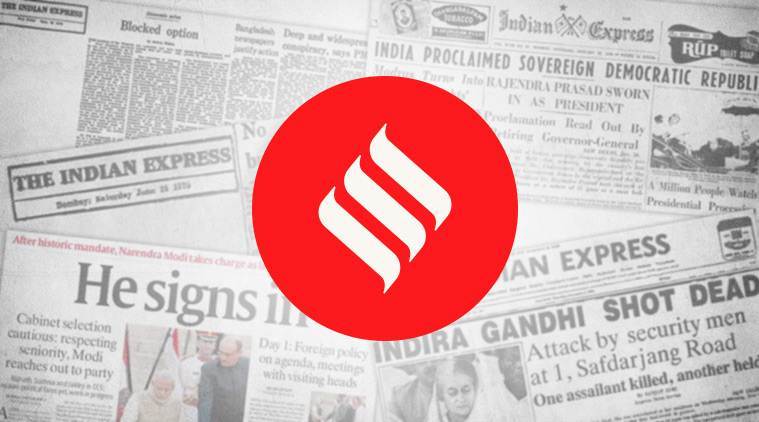
On Wednesday, the Monetary Policy Committee of the RBI cut the benchmark repo rate by 35 basis points to 5.4 per cent. Since February, when the rate cut cycle began, the MPC has cut rates by a cumulative 110 bps — a clear indication of growing concerns over the slowdown in economic activity. Tellingly, the RBI has also cut its growth projections for the first half of the current year to 5.8-6.6 per cent, from its earlier projection of 6.4-6.7 per cent — signaling the uncertainty around the economy. For the full year, the RBI now expects the economy to grow at 6.9 per cent, down from its February forecast of 7.4 per cent. With retail inflation expected to remain well within the MPC’s target over the coming 12 months, it creates the space for further bringing down real interest rates if growth disappoints.
So far, the lack of transmission of successive rate cuts to the broader economy has been a source of concern. As the MPC notes, banks have reduced their lending rates (weighted average) by 29 bps so far (February to June) in response to cuts of 75 bps during this period. But the transmission is likely to improve in the coming quarters. A large portion of bank deposits are of short term maturity.
As these deposits get re-priced, it will lower banks’ cost of funds, making it easier to cut lending rates. Keeping liquidity in line with the monetary policy stance — ensuring substantial liquidity surplus — and lowering small savings rates will further aid transmission. But will risk-averse banks step up lending? Will lower interest rates boost investment and private consumption? At the current juncture, there may be little incentive for corporates, who are currently in the midst of de-leveraging, to embark on fresh investments. There is still slack in the system. And corporates may opt for brownfield projects currently going through the resolution process. Reviving investments may thus require a more coordinated policy approach.
Other measures announced by the RBI, such as lowering risk weightage for retail lending and increasing flow of funds to NBFCs, suggest a concerted effort to boost consumption. Recent measures to address NBFC issues will also help gradually bring down credit risk, improving credit flow to the larger economy. If the revised growth estimates are not met — achieving even the 6.9 per cent target may be difficult — it will open up space for further cuts. But monetary policy cannot alone do the heavy lifting. It needs to be supplemented with reforms aimed at spurring growth.